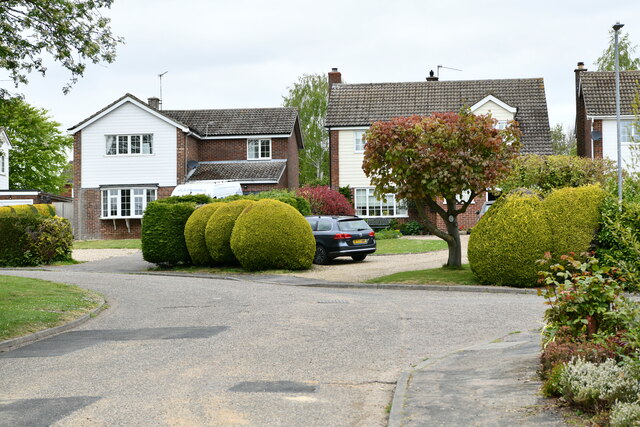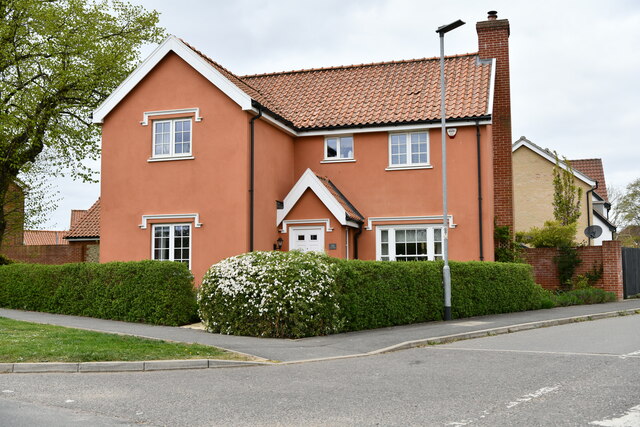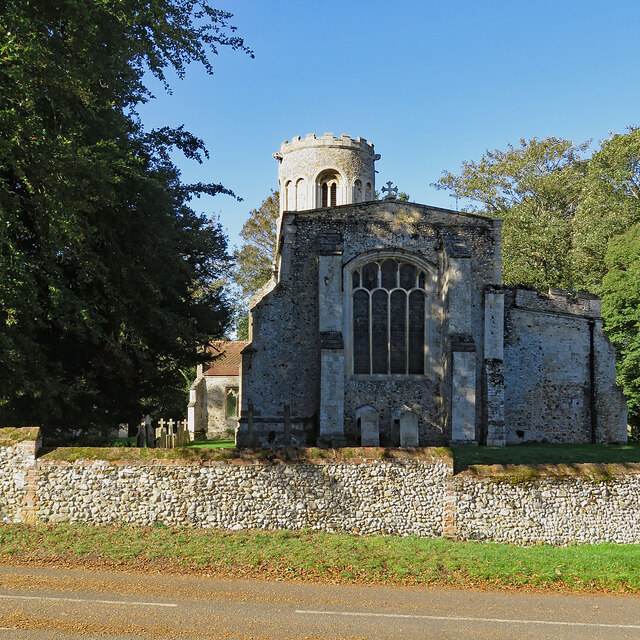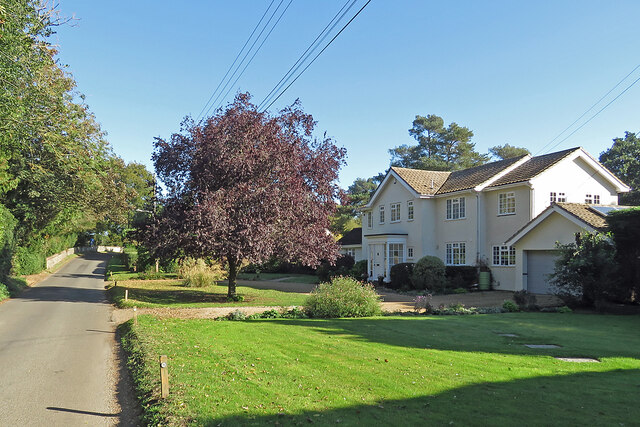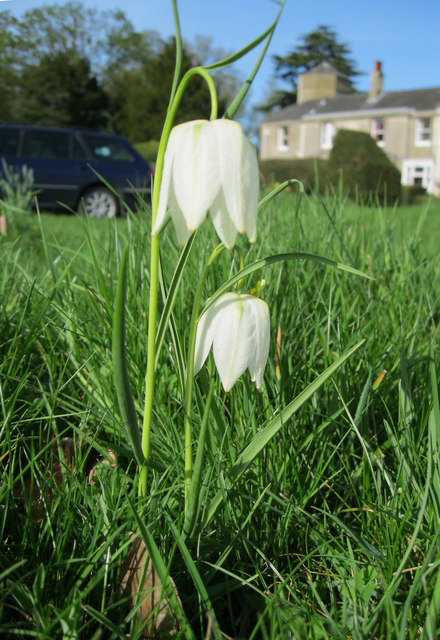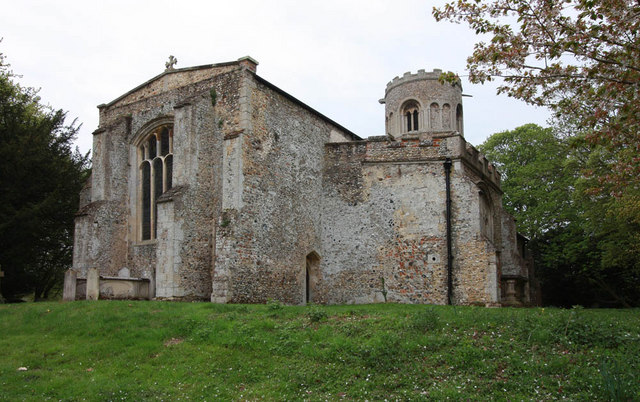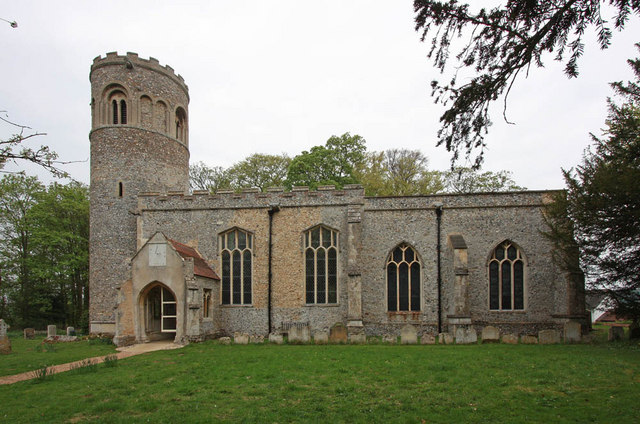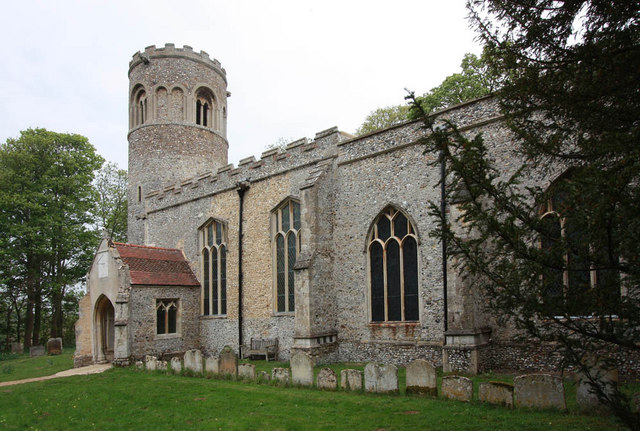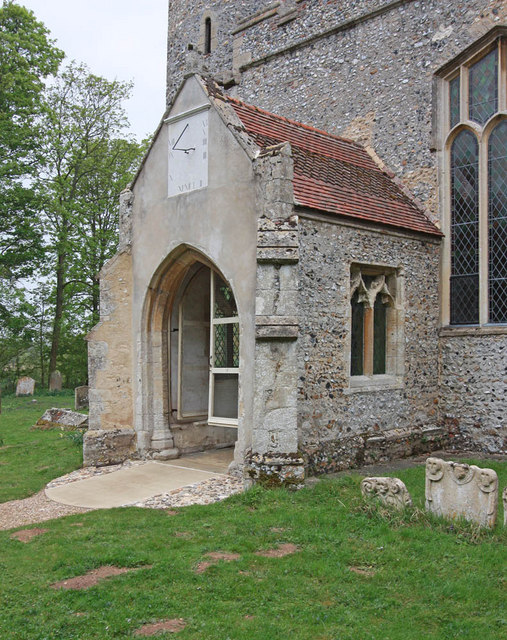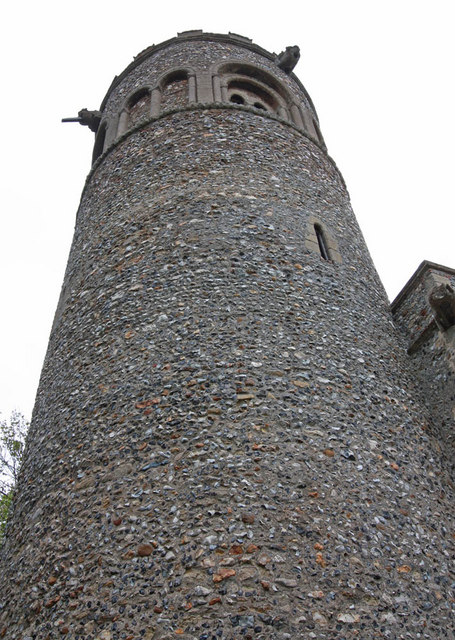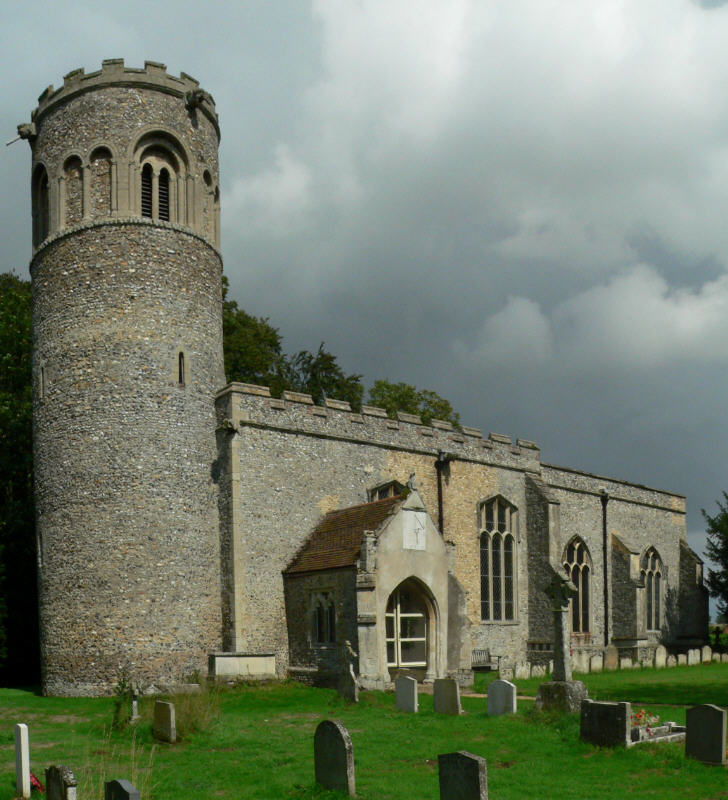Clampclose Plantation
Wood, Forest in Suffolk West Suffolk
England
Clampclose Plantation
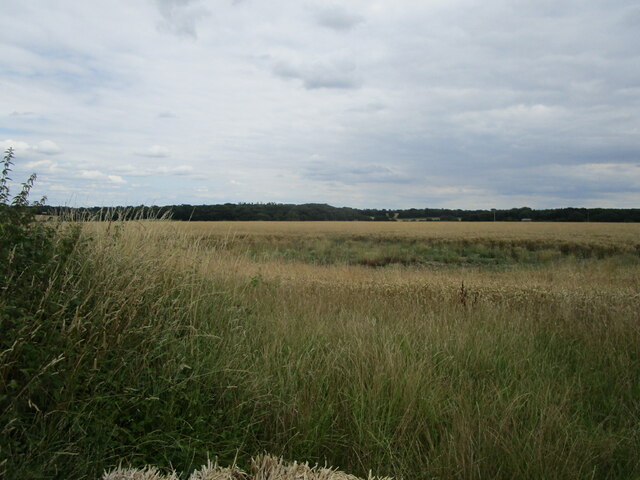
Clampclose Plantation is a picturesque woodland located in Suffolk, England. Situated near the town of Woodbridge, it covers an area of approximately 500 acres and is a popular destination for nature enthusiasts and outdoor adventurers.
The plantation is predominantly made up of a mixture of native tree species, including oak, ash, beech, and birch, creating a diverse and vibrant ecosystem. The dense canopy provides a sheltered environment for a variety of wildlife, making it a haven for birdwatchers and nature photographers.
Tranquil walking trails meander through the woodland, allowing visitors to explore the plantation at their own pace. These trails are well-maintained and suitable for all abilities, offering a peaceful escape from the hustle and bustle of everyday life.
Clampclose Plantation is also home to a small lake, adding to its natural beauty. The lake provides a habitat for waterfowl and other aquatic creatures, and visitors can often spot ducks and swans gliding across its calm surface.
The plantation is managed by a team of dedicated conservationists who work to preserve its natural beauty and protect the wildlife that calls it home. They regularly conduct surveys and implement sustainable practices to ensure the long-term health and vitality of the woodland.
Overall, Clampclose Plantation in Suffolk is a hidden gem for nature lovers, offering a tranquil and immersive experience in the heart of the Suffolk countryside. Whether you're seeking a peaceful walk, a chance to spot wildlife, or simply a moment of serenity, this enchanting woodland has something to offer everyone.
If you have any feedback on the listing, please let us know in the comments section below.
Clampclose Plantation Images
Images are sourced within 2km of 52.239333/0.61391649 or Grid Reference TL7863. Thanks to Geograph Open Source API. All images are credited.
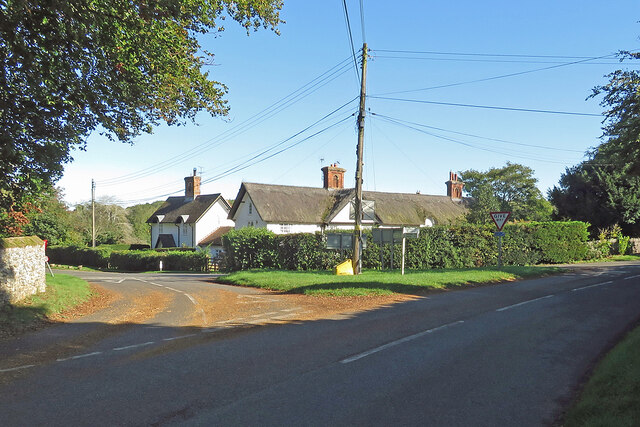
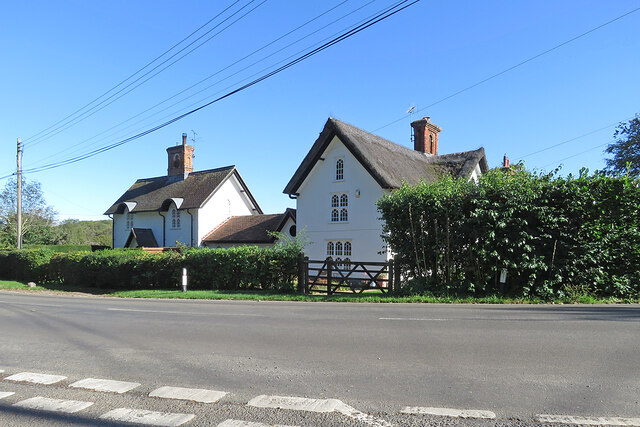
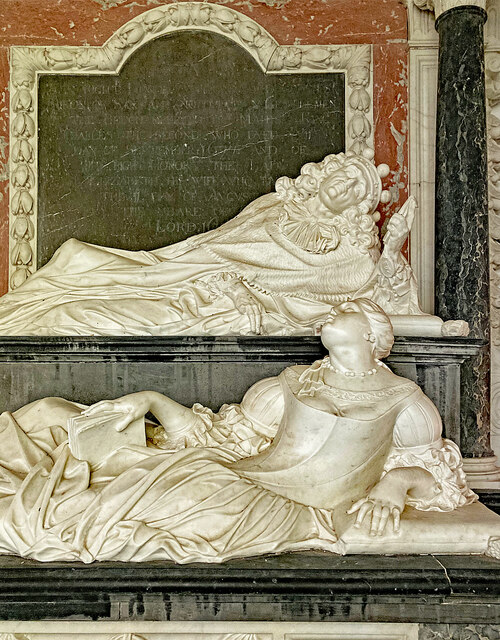
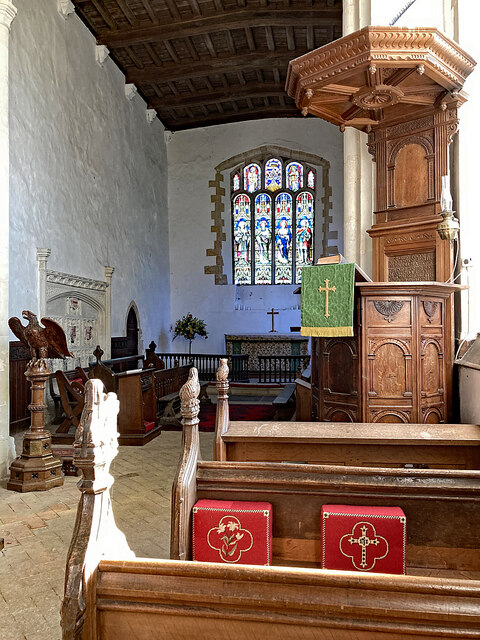
![Little Saxham: St Nicholas &quot;The most spectacular Norman round tower in Suffolk,&quot; wrote Nikolaus Pevsner. &quot;Round the top a rhythmical order of arches on columns. In the four main directions they hold deeply recessed two-light bell-openings, in the diagonals two lower blank arches. Billet frieze along the sill level.&quot; The Perpendicular &quot;nave and chancel S sides [have] uncusped, rather bald tracery,&quot; he opined.](https://s3.geograph.org.uk/geophotos/07/62/53/7625363_c0c2ed83.jpg)
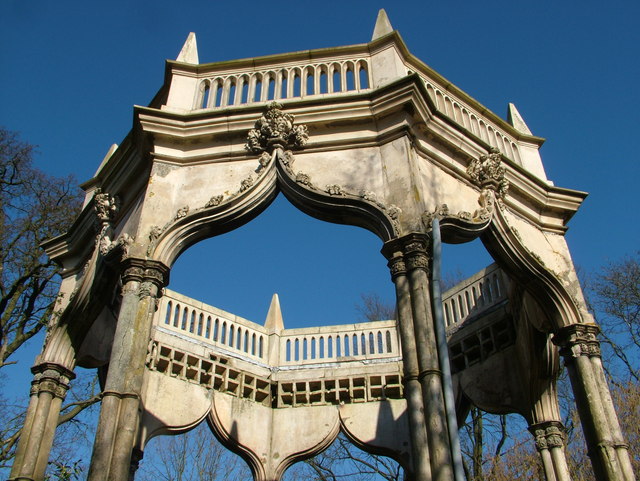
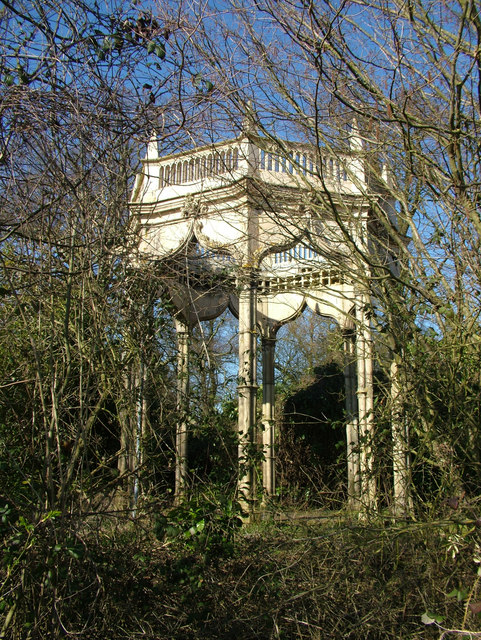
Clampclose Plantation is located at Grid Ref: TL7863 (Lat: 52.239333, Lng: 0.61391649)
Administrative County: Suffolk
District: West Suffolk
Police Authority: Suffolk
What 3 Words
///static.edge.airstrip. Near Bury St Edmunds, Suffolk
Nearby Locations
Related Wikis
Great Saxham
Great Saxham is a village and former civil parish, now in the parish of The Saxhams, in the West Suffolk district, in the county of Suffolk, England. The...
Saxham Hall
Great Saxham Hall is a two-storey Palladian house situated at Great Saxham, just outside Bury St Edmunds in Suffolk, England. It is a Grade II* listed...
Little Saxham
Little Saxham is a village and former civil parish, now in the parish of The Saxhams, in the West Suffolk district, in the county of Suffolk, England....
The Saxhams
The Saxhams is a civil parish in the West Suffolk district of Suffolk in eastern England. Located around two miles west of Bury St Edmunds, the parish...
Barrow, Suffolk
Barrow is a village and civil parish in the West Suffolk district of Suffolk, England, about eight miles west of Bury St Edmunds. According to Eilert Ekwall...
Thingoe Rural District
Thingoe Rural District was a rural district in the county of West Suffolk, England between 1894 and 1974. It was named after the ancient Hundred of Thingoe...
Saxham and Risby railway station
Saxham & Risby railway station was a station serving Risby in the English county of Suffolk. It was opened by the Great Eastern Railway in 1854 following...
Thingoe Hundred
Thingoe was a hundred of Suffolk, consisting of 31,850 acres (128.9 km2).One of the smaller hundreds of Suffolk, around 9 miles (14 km) wide and 11 miles...
Nearby Amenities
Located within 500m of 52.239333,0.61391649Have you been to Clampclose Plantation?
Leave your review of Clampclose Plantation below (or comments, questions and feedback).
